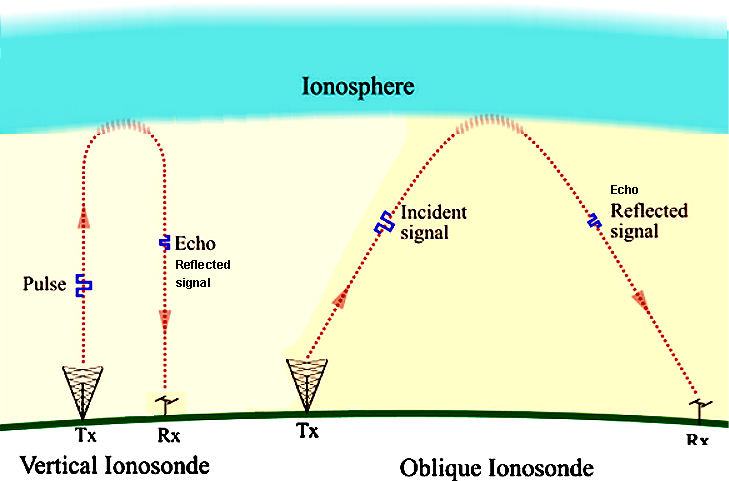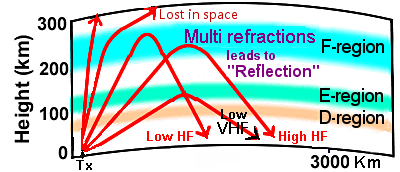
 The Rebirth of Shortwave Radio Communication
The Rebirth of Shortwave Radio Communication
"Shortwave radio" is a transmission using radio frequencies in the shortwave bands (SW). There is no official definition of the band range, but it always includes all of the high-frequency band (HF), which extends from 3 to 30 MHz (100 to 10 meters).
The ionosphere refracts shortwave radio waves, allowing them to travel long distances through "skip" propagation, unlike higher-frequency waves that travel in straight lines and are limited by the visual horizon. Shortwaves have played a crucial role in global communication and are integral to various applications.
Satellites have replaced shortwave for global communications since the late 1960s because they enable less frequent changes in the quality of communication conditions, provide more reliable communication, and allow much higher bandwidth. Satellite communication does not require daily operation by skilled or experienced operators.
However, this trend has changed. High-frequency (HF) radio is regaining popularity for long-distance communication due to its durability and independence from infrastructure, making it indispensable during emergencies.
The figure below demonstrates the ionosphere's ability to refract shortwaves, which enables long-distance communication without the need for infrastructure.
Today, unlike in the 1960s, it is possible to monitor ionospheric conditions using automatic devices.

Such devices assist to prepare map of estimated propagation conditions.
A review of the last 24 hours HF Propagation Map:Static maps provided by Andrew D Rodland, KC2G, updated every 15 minutes.
showing the last 24 hours in 15-minute steps.
Researchers and radio operators continuously monitor ionospheric conditions to predict and adapt to changing propagation characteristics, ensuring the reliability of short radio wave communication in diverse scenarios, from emergency response to global broadcasting.
HF technology provides global coverage without requiring special infrastructure, saving satellite shielding costs. Recent developments enhance dependability, although they are not as fast as satellite data transfers. The HF domain is good for digital voice communication and text messaging systems.
Learn more about Short Radio Waves Propagation.
Real time radio propagation map
Current solar conditions Ham radio
Current Ham Radio HF Propagation
HF propagation status and alerts
HF Radio Propagation Search Terms
HF propagation for hams explained
Radio propagation for hams explained
Current HF Band Conditions Online Map
Current Ham Radio Propagation Conditions
Real-time watching of worldwide ham activity
How does the sun affect radio communication?
Real-time watching of worldwide activity of hams
The Fascinating World of HF Skywave Propagation
